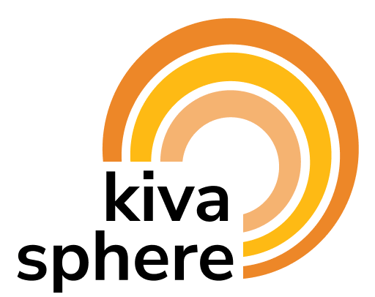How I Created Six Lesson-Plans a Week Without Sitting Down to Work on Them
5/8/20243 min read
Recently, I stumbled across a treasure trove of my old notes from 2020.
At the time, I was teaching five completely different 3-hour lessons every single weekday - and on Saturdays, I was teaching Psychology at a university.
Six different classes. Every week.
What surprised me wasn’t just that I survived it—it’s that I thrived. I had folders full of saved PDFs, notes from books and articles, even podcast episodes neatly categorized. I founds notes from the book called “Inventing Afterlives.” I don’t know what existential crisis lead me there. But I felt so good about myself that I was reading and noting down things on many different things.
And I asked myself the obvious question: How the heck did I manage all that?
The answer: Productive Incubation.
What is Productive Incubation?
It's a two-phase process:
Conscious gathering - Deliberately collecting information about your problem
Unconscious processing - Letting your brain work on solutions in the background
Think of it like planting seeds—you prepare the ground, plant the right stuff, and then let nature (a.k.a. your subconscious) do the work while you go about your day.
Here’s My 3-Part Process for Planning 6 Lessons A Week (That Didn’t Feel Like Work). Spoiler alert: it involved very little sitting-at-desk time.
Step 1: Plant the Seeds
Come Sunday morning, I’d identify the topics I had to teach for the upcoming week.
Next, I’d set a timer for 25 minutes for each topic and go on a resource scavenger hunt. Books, YouTube videos, podcasts, articles—anything I could find. This Pomodoro-style sprint kept me from falling down the research rabbit hole.
I’d organize everything in folders (I used Google Keep), with each one having a simple structure:
Resources
Hook (pre-reading)
During-reading (main activity)
Post-reading (assessment or reflection)
The aim here wasn’t to plan the lesson. It was just to load my brain with useful stuff related to the topic.
Step 2: Let the Mind Brew
Throughout the day, I’d try to casually consume these resources. Podcasts while doing chores. Videos while eating. Articles during quiet moments.
As I came across interesting ideas, I’d add them straight into the lesson folder, along with a quick note:
“Use this video as an opener—ask students how they’d react in this scenario.”
I didn’t stick to one topic per day—I’d jump around based on what I felt like consuming. This kept things interesting and avoided burnout.
Step 3: Let the Ideas come to You
Here’s the magic part.
Then, during the evening, while I was relaxing, going out, or just walking around, my mind would start connecting the dots.
Suddenly, during a shower or on a walk, I’d get a wave of ideas—lesson structures, examples, hooks, even assessment activities.
Key habit: I’d write these ideas down immediately and save them in the right folder and section. The question I’d ask myself was: “How and where will I use this in class?”
Step 4- Putting It All Together
By Monday morning, most of the heavy lifting was already done.
Once I reached my desk, I’d set a 25-minute timer and start organizing the mess of ideas into a proper lesson plan. Most of the thinking was already done—this was just stitching things together.
🔁 What Happens When You Do For a Long Period of Time? The Compounding Effect
As time goes on, the process will become smoother and more efficient. Your brain will create a vast internal library of ideas, notes, hooks, and insights.
Lesson planning will shift from creating everything from scratch to remixing what you already have.
So, next time whether you're building a course, writing a talk, or prepping a big presentation—don’t force yourself to do it all in one go.
Instead:
Gather relevant resources.
Consume them on the go
Let your subconscious do the heavy lifting
Capture ideas as they pop up.
Only then, sit down and organize.
Bonus Tip:
Gone are the days of using Google to find resources. You can fire up AI tools like Perplexity or ChatGPT’s Deep Research feature to quickly find high-quality resources.
To get started, here’s a free prompt you can use to kick off your search.
Prompt: I'm looking to dive deep into learning about coral reef ecosystems. Please suggest high-quality, reputable sources that provide objective and well-explained content. Prioritize podcasts the most, then list a few insightful articles, and include some engaging YouTube videos at the end. Avoid citations — I just want names or titles I can search for.
